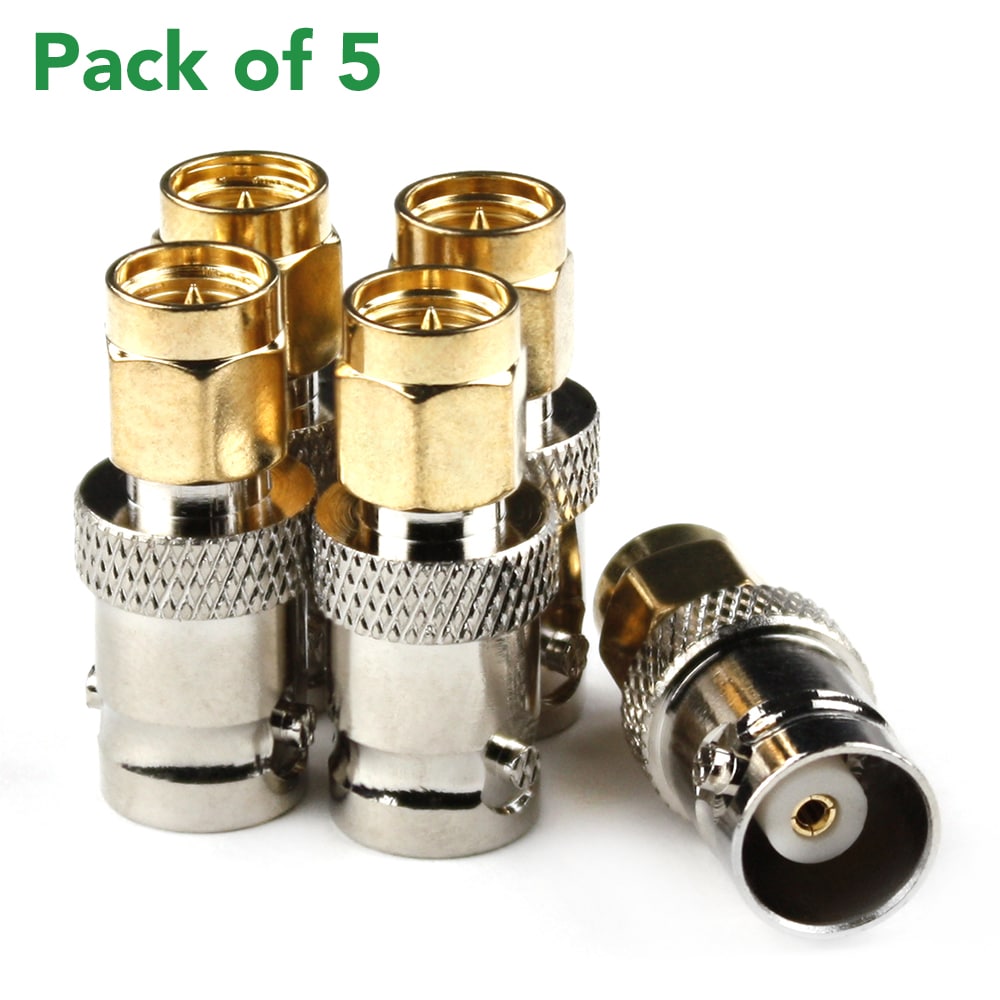Definitely. I used the ezo board for this project. I do have a pH gravity circuit but never integrated that into a system, i wouldn'tbe able to speak smartly about the differences between the 2.I am about a year or two behind you. I have been reading and watching alot of video on Chris Meckley's pH approach. At this point, I am looking to build just an arduino for pH tracking without the use of an APEX. Were you happy with the Atlas Scientific Gravity or Eno boards?
However, I found that there are a number of benefits with integrating the atlas scientific hardware into an arduino project.
The great thing I like about the pH circuit is that you're able to calibrate to any point, which made it perfect for this project.
Take Apex for instance, the pH calibration provides the user with 2 separate options to calibrate using easily available buffer packets, 4.00-7.00 or 7.00-10.00. However this becomes an issue when wanting to ensure calcium hydroxide saturation in a kalk reactor. If the apex was calibrated with 7.00-10.00 then it would have a good idea of the pH within that range, but anything outside of that becomes more skewed the further away from 10.00 you go... so 12.44 (saturated kalk) is only a guess with apex, plus I believe their software only displays up to 12.30.
That alone is the reason why people say you can't monitor saturation with a pH probe. However the Atlas circuit allows you to set the calibration points. And I purchased a 12.46 pH buffer solution that gives the software the ability to accurately track pH within (in my case) 10.00-12.46.
When pH inside the kalk reactor drops below 12.40, I get an alert telling me it's time to refill the reactor. If you were using an Apex to alert you, it would be already too late.



















